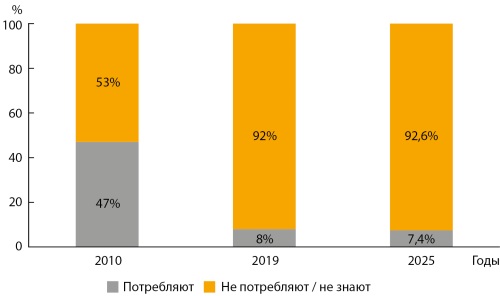
About
Since 2005 the “Clinical and experimental thyroidology” (or «Klinicheskaia I eksperimentalnaia tiroidologia”) journal publishes timely articles, balancing both clinical and experimental research, case reports, reviews and lectures on pressing problems of thyroid pathology.
The Journal also pays special attention to the most relevant issues in thyroid cancer etiology, pathogenesis, clinical findings, surgery and pharmacotherapy.
The Journal:
- features original research articles, reflecting world thyroidology development
- publishes chronicle of major international congress sessions and workshops on thyroidologe;
- is intended for scientists, endocrinologists and specialists of allied trade, general practitioners, family physicians and pediatricians.
Editor-in-Chief
Galina A. Mel'nichenko, MD, PhD, Professor (ORCID: 0000-0002-5634-7877)
Indexation
The journal is is currently indexed in Russian Science Citation Index (RSCI) by “Electronic Scientific Library” foundation (elibrary.ru), DOAJ, Google Scholar, Socionet, Ulrich's Periodicals Directory, WorldCat.
Access to the content
All accepted articles in Clinical and Experimental thyroidology journal are published in Gold Open Access (in accordance with Budapest Open Access Initiative) format with Free Full-text access to all articles via several websites (ket.endojournals.ru, www.elibrary.ru, www.cyberleninka.ru) and mobile applications for iOS® (available in AppStore). All accepted articles publish with the Creative Commons International license (CC BY-NC-ND 4.0) for more freely distribution and usage worlwide.
The journal is open for English and Russian language manuscripts. All English language manuscripts are published in bilingual format (with help of Russian association of endocrinologists the editorial team makes translations for all accepted english-language articles). So, the journal provide an additional readers auditory for published articles.
Current issue

Original studies
Editorial
Review
Short messages
Announcements
2021-02-25
Консультация экспертов Референс-Центра патоморфологических, иммуногистохимических и лучевых методов исследования опухолей эндокринной системы НМИЦ эндокринологии в рамках ОМС
Врач из любого региона России может направить в рефреренс-центр своего пациента для получения услуги консультации гистологических препаратов и иммуногистохимической диагностики бесплатно в рамках государственной программы обязательного медицинского страхования (ОМС).
| More Announcements... |

This work is licensed under a Creative Commons Attribution-NonCommercial-NoDerivatives 4.0 International License (CC BY-NC-ND 4.0).






































